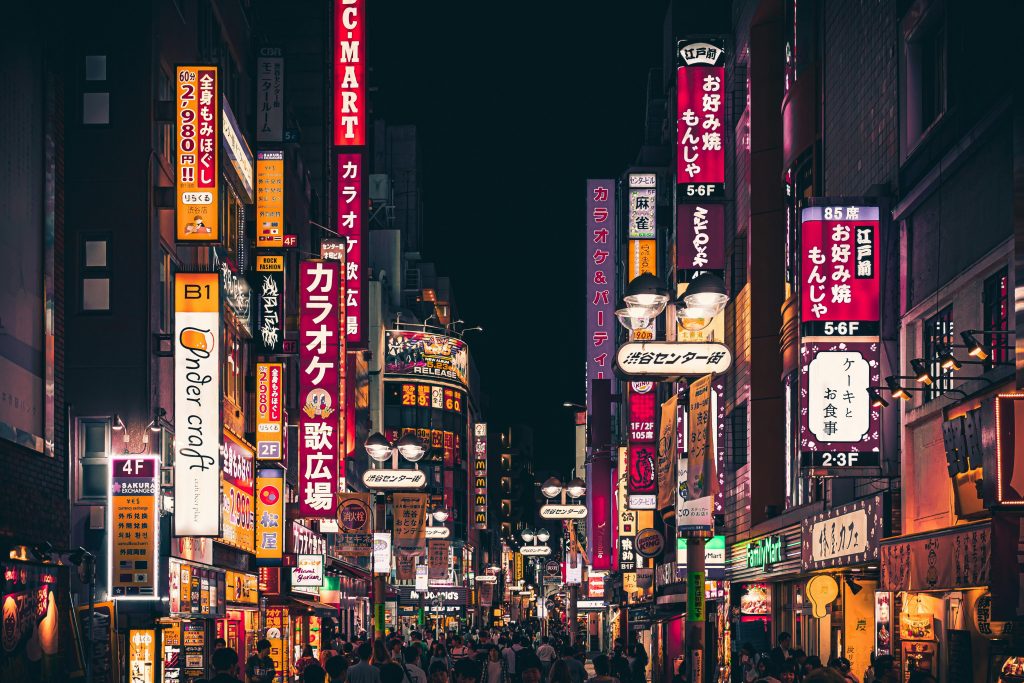
Discovering the Cultural Secrets Tourists Rarely See
When we plan a trip, we usually rely on travel guides, popular blogs, or recommendations from social media. However, beyond the tourist attractions lies a hidden world—cultural rituals that only locals know. These traditions are not marked on maps or featured in brochures, yet they offer a deeper understanding of a community’s beliefs, values, and way of life.
In this article, we explore hidden cultural rituals from around the world, why they matter, and how travelers can respectfully experience them for a more meaningful journey.
Primary keyword: cultural rituals
Secondary keywords: local customs, hidden traditions, authentic experiences, local culture, traditional practices
What Are Hidden Cultural Rituals?
More Than Folklore: A Living Cultural Experience
Cultural rituals go far beyond colorful dances and public festivals. Many are daily practices, private ceremonies, or seasonal celebrations that tourists often overlook. These rituals are deeply embedded in the life and rhythm of the community and are rarely commercialized.
They can relate to:
- Agricultural cycles
- Rites of passage (birth, marriage, death)
- Spiritual or religious beliefs
- Unpublicized local festivities
What makes these traditions special is that they are rooted in local identity, often passed down for generations and protected from external influence.
Real-Life Examples of Hidden Cultural Rituals
1. “Sobremesa” in Spain: The Post-Meal Conversation Ritual
While Spain is famous for its siestas, a lesser-known but deeply cherished tradition is “sobremesa”—the time spent chatting after a meal. It’s a moment when family or friends stay at the table long after finishing their food, often sharing coffee or a light drink.
This ritual isn’t formal or scheduled; it’s a cultural expression of togetherness and quality time. Understanding sobremesa reveals the importance of relationships in Spanish life, far beyond what tourist guides mention.
2. Yozakura in Japan: Cherry Blossom Viewing at Night
Most people are familiar with Hanami, the cherry blossom viewing season in Japan. But few know about Yozakura—nighttime Hanami. Locals gather under cherry trees lit by lanterns, enjoying food and sake in a serene, almost spiritual setting.
This tradition captures a core concept of Japanese culture: the fleeting nature of beauty and life, celebrated not in crowds, but in quiet appreciation.
3. Mingas in the Andes: Communal Work as Ceremony
In rural communities of Peru, Ecuador, and Colombia, mingas are collective work events where neighbors help each other build homes, fix roads, or harvest crops. Though practical in nature, mingas are more than just cooperation—they are symbolic rituals of community solidarity.
A minga usually ends with a shared meal and celebration, reinforcing ties and offering a powerful sense of belonging to all who take part.
4. Banho de Ervas in Brazil: Spiritual Herb Baths
In Afro-Brazilian religions like Candomblé and Umbanda, it’s common to take banhos de ervas—ritual baths made with herbs to cleanse negative energies or invite blessings. These are deeply personal and spiritual acts, rarely performed in public or for tourists.
Each herb used has specific properties and is often selected by a spiritual guide, accompanied by prayers or chants. Participating requires permission, respect, and an understanding of the sacred role of nature in Brazilian spirituality.
How to Access These Rituals Respectfully
1. Build Genuine Connections With Locals
The most authentic way to learn about hidden rituals is through trust and friendship. Avoid paid «authenticity packages» that may stage or misrepresent traditions. Instead, consider staying with host families, joining community-based tourism initiatives, or volunteering.
2. Observe First, Participate Later
Not all rituals are meant for outsiders. Always ask for permission before attending or joining a ritual. If invited, participate respectfully and without imposing your own expectations. Leave your camera aside unless explicitly allowed.
3. Learn the Cultural Context
Understanding the history and meaning behind a ritual prevents unintentional disrespect. Ask questions, read local sources, and be aware of your own biases. Many rituals are symbolic and carry layers of significance that go beyond their appearance.
Why These Traditions Aren’t in Tourist Guides
There are several reasons why these cultural practices are missing from mainstream travel content:
- They are intended for community members, not outsiders
- They often lack fixed dates or formal schedules
- They involve sacred or private elements
- They don’t fit into the commercial model of tourism
This doesn’t mean travelers are unwelcome—only that these rituals aren’t designed for public display. When shared, they are acts of trust, not entertainment.
The Value of Authentic Cultural Experiences
What You Gain From Going Off the Beaten Path
Experiencing or even quietly witnessing a hidden cultural ritual allows travelers to:
- Connect emotionally with local ways of life
- Expand their worldview and appreciate different values
- Foster cultural empathy and mutual respect
- Transform from passive tourists to engaged global citizens
These experiences often become the most memorable parts of a journey, leaving a lasting impact long after the trip ends.
SEO Tips for Cultural Travel Writers
If you’re documenting your experience with cultural rituals, keep these SEO-friendly tips in mind:
- Use relevant keywords like “authentic cultural experiences,” “local traditions,” or “off-the-beaten-path travel.”
- Describe what you learned rather than just what you saw
- Avoid exoticizing or oversimplifying the culture
- Provide accurate historical and social context
- Link to ethical tourism programs or local sources when possible
This not only boosts your visibility in search engines, but also contributes to responsible storytelling in the travel community.
Final Thoughts: The Real Journey Begins Where the Guidebook Ends
Travel guides are helpful, but they don’t tell the full story. It’s only when we step outside the scripted experiences that we discover the rituals that give true depth to a culture. These hidden traditions, often quiet and intimate, hold the essence of a people’s worldview, resilience, and joy.
To engage with cultural rituals is not to consume them—but to honor them with presence, humility, and respect.
Next time you travel, ask a simple question:
“What do people do here that visitors usually don’t see?”
The answer might open a door to the most meaningful experience of your journey.
